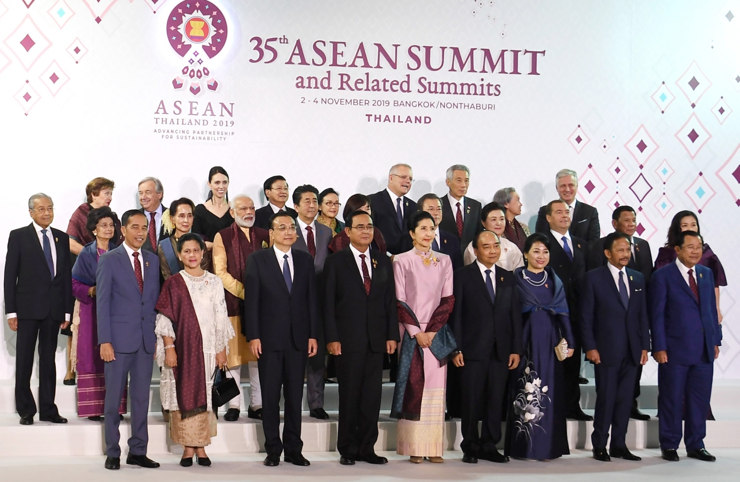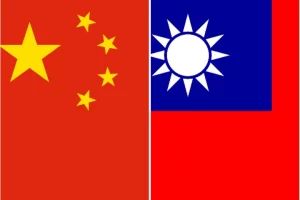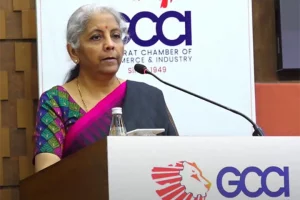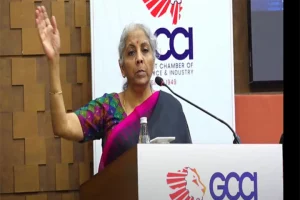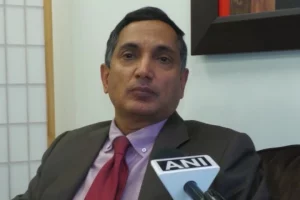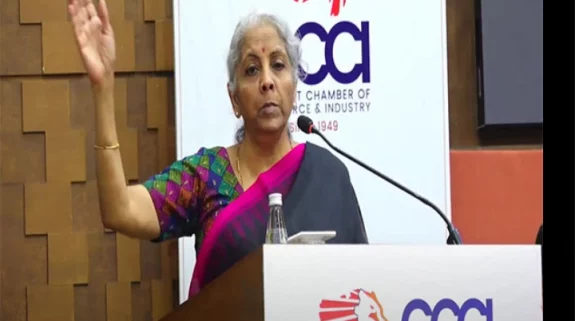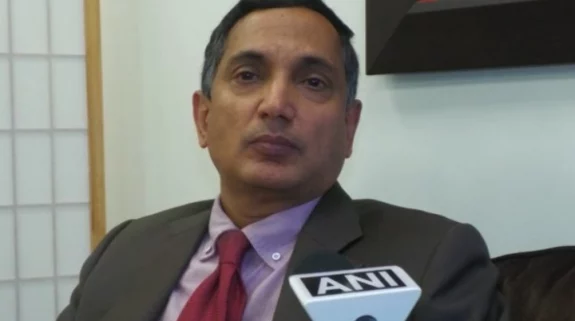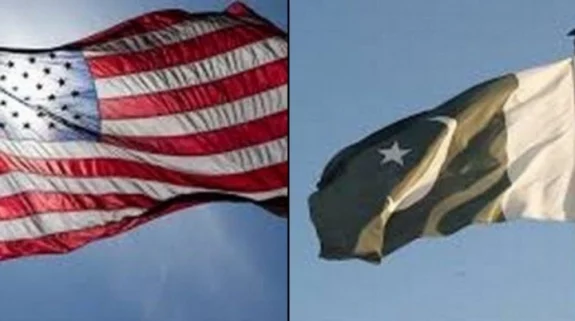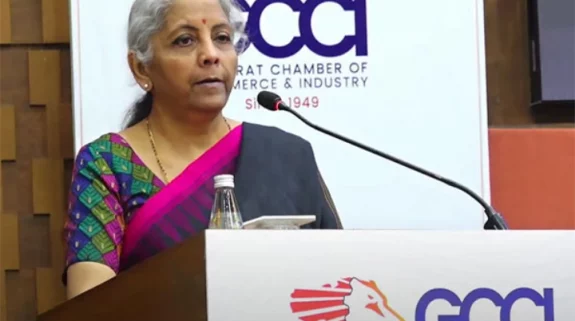The global geo-political order is changing fast due to multiple factors—the aggressive rise of China, the spread of coronavirus, regime change in the US and the peace accords in the Gulf. At the same time, much has happened in the Indo-Pacific region where India enjoys historical, cultural and strategic ties with many countries.
India Narrative speaks with noted South-East Asia expert, Prof. Baladas Ghoshal, former chairman of the Centre for South and Southeast Asian Studies, JNU, and former General Secretary at the Society for Indian Ocean Studies. He is also the Distinguished Advisor to the Kolkata bases Tillotoma Foundation.
Watch the interview with Prof. Ghoshal
On India's presence in South East Asia
“Before we look at India's relations in the region, let us understand two major things—the impact of the Covid-19 virus that came from China, which has created havoc in the world. It has taken precious lives and has put most countries into a serious crisis. The second development is China itself. It has suddenly become aggressive and is poaching on other's territory and also in terms of waters, particularly in the South China Sea (SCS). These two developments had a deep impact on how each of these countries are looking at the region and relationships in the region.
This situation will have economic implications for years to come. The virus has led to lockdowns which has impacted the economy of the countries. China's bellicosity has really created a much greater uncertainty. It has completely abandoned Deng Xiaoping's advice that "bide your time and don't show your strength." China's so-called wolf warriors have attacked all neighbours.”
India’s Act East policy
“There is a misconception that the Act East or the Look East policy was evolving to contain China. India had a South East Asia policy since the 1950s and the 1960s. But there was a focused change, which has been economic since the 1990s as India was opening up and planned to take advantage of globalisation. India was interested in developing economic links with the countries in South East Asia as they had entered globalisation during the 1970s and 1980s and were progressing well. India wanted to link up with these countries and use the relationship as a springboard to take advantage of entering the global process.
Initially in the nineties, China was on a charm offensive. It was trying to tell the world that it was rising peacefully. Beneath behind that veneer, in the early 2000s it became clear that it had begun to assert itself. India had to rethink its Look East policy and had to look at security. I think India has not done badly in terms of integration with South East Asia and is developing closer security, economic linkages and even holding military exercises. India became a member of the East Asia Summit and also of the ASEAN Defence Ministers' Dialogue process. Institutionally India has become integrated with the countries in the region.
Read More: India may need to bond with ASEAN, Japan and South Korea to address the situation in Myanmar
We have to understand these countries from a different angle. South East Asians are very transactional. They want you to do something for them in order to develop closer understanding. China entered globalisation earlier than India. Also, the US, Japan and other western countries did enormously for the development of China. If the Americans and Japanese had not invested their money in China, I don't think China could have become the manufacturing hub of the world. As China began to grow, the gap between India and China slowly began to grow exponentially. The result has been that India is finding it hard to balance China.
The idea was never to contain China. India alone could not match with China economically and militarily, therefore had to build partnerships with countries whose interests converged in terms of balancing China. They also thought that China was posing a great threat to regional peace and stability. Now that we have built relations with the US, Japan and Australia in the region, the result is the Quad which takes care of security in the region. What we see are different kinds of institutions and coalitions which coalesce together and balance China's influence.
Also, to develop economic linkages and develop supply chains, what is more important is the need for connectivity and infrastructure. The countries are aware of these challenges. Remember that the Quad is still in the making.”
India’s relations with ASEAN grouping versus individual countries
“ASEAN is not a very united group. There are countries who have problems with China and have overlapping claims in the South China Sea. Therefore, on principles of non-interference in internal affairs and on principles of consensus, it becomes difficult for ASEAN to take a particular decision unitedly.
There are countries like Vietnam, Indonesia and Singapore on one hand. Thailand is on the fence. Malaysia until now was low-key towards China but as China gradually encroaches into its Exclusive Economic Zone, it finally made an application before the International Court of Justice. Behind the scenes, they are trying to organise their strength and on the other hand are trying to develop partnerships with countries who can help them build their capabilities and to balance China's strength.
With this background, India has always stood by Vietnam and it holds great goodwill for us. It doesn't buckle despite pressure from China. It assets its sovereignty over areas that it claims. We have a close relationship with Vietnam—military training for its defence personnel, even talking about selling missiles to them and other strategic partnerships. We are trying to build relations with those countries with whom any defence or military relationship can produce greater prospects for balancing China.”
Read More: Vietnam asserts rights over disputed Spratly islands through its lighthouses
Can India with the Quad make a difference?
“These kinds of formations take a certain time to mature. Undoubtedly, there is a convergence of interests between India, Australia, Japan, Indonesia and the US in terms of what China is doing. All these countries have strong economic linkages with China. China can blackmail them in terms of economy. That is why things are taking their time as there are no alternatives to Chinese supply chains currently. Gradually these countries have realised that they have been dependent on China for economic benefits and it is difficult to extricate themselves. Not all countries have taken positions where we can say that they have taken a decision to counter China's bellicosity. Regarding India, China and it has not as yet fully withdrawn from Ladakh areas.”
How can India and allies hasten the process of developing supply chains
“India and Japan are cooperating in developing infrastructure in North-East India. They are also cooperating in building an Asia-Africa corridor. With Australia there are agreements to build up supply chains and so it is with the US. Slowly we are trying to work out these issues.
To bring about changes, we need a system. We need reforms in our economy, change in the labour laws, land acquisition process and similar things. Also, the productivity in Vietnam and South Korea is two to three times as compared to India. The cost is much less. That's why you find that we cannot compete. Even though there are countries who want to support India in its efforts to build up supply chains to decouple from China, many of those investments are going to Vietnam because their output is much greater.
There are difficulties in India. Economic reforms are met with opposition, lack of implementation and bureaucratic hurdles.”
India-Taiwan diplomatic and economic relations
“China is both a determinant as well as a constraint in our policies. Anything we do we somehow get obsessed with China. We are afraid to do anything thinking 'what China may think about us'. The Left politics have a somewhat soft corner for China though many of them know that China gives a damn to our concerns.
We should develop relations with Taiwan particularly as it has made computer chips and other technology which can benefit India. China has not accepted Kashmir as a part of India. Why should we accept Tibet as a part of China? It has created trouble for us. It has tried to support extremism in the North-East.
We must also shed off this doctrine of ‘strategic autonomy’. We are dependent on certain countries for 70 per cent of our armaments, so we don't have any strategic autonomy. Yes, leverage we certainly must keep. We must take advantage of whichever country is willing to help us in some way or the other.”
Read More: China’s sand-sucking dredgers target Taiwan with eco-warfare
India and China border issues in Ladakh
“I think India has to define those deadlines—this far and no far. Without inhibitions, let us try to work out our relations with other countries and develop consensus within the country that this is the red line for China.
There are a lot of opinions in India. Whether those opinions are based on any logical or rational reasoning I am not sure. We need to ask political parties what is their concept of India's foreign policy and how they would want to deal with China.”
Myanmar and India relations
“The situation in Myanmar is such that two opposing parties are facing each other and nobody is willing to make compromises. Keeping this situation in mind, India has developed good relations with Myanmar over the last couple of years with the country's military and so also with the government of Aung San Suu Kyi. Ideologically, of course India would like to see democracy return but then India cannot do anything to persuade the military government to restore democracy.
Any concessions given to ethnic groups could break the country and the Myanmar military will not agree to that. Also, the situation is approaching towards a civil war. My recommendation is that both the parties in Myanmar should step back a little and then try to talk. The situation cannot go back to the beginning.
India also agrees to the 5-point programme proposed by ASEAN. The army still retains certain positions, reserves seats, some say in dealing with ethnic groups and then whatever kind of hybrid democracy that was going on in Myanmar should come back. The country then waits for economic development which can produce a larger cake so that each party gets incentives to change their position a little bit.”






